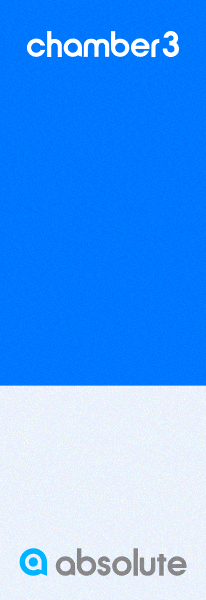Water-based inks and printing are an increasingly popular option in many market applications. When ink chemistry and performance can be optimised, they promise a safer, more sustainable alternative to solvent inks in print rooms, especially for packaging converters.
The current market and latest commercial developments for both ink types are profiled in the brand new Smithers market report – The Future of Water-based vs. Solvent Printing to 2027.
Exclusive data from this report show that the total consumption of water-based inks will be 493,000 tonnes in 2022, with a value of $5.10 bn. Growth in demand will see this market expand at a steady compound annual growth rate (CAGR) of 3.1% to reach 576,000 tonnes in 2027. In contrast, solvent-based ink use will rise from 1.02 million tonnes in 2022, worth $8.09 bn, to 1.13 million tonnes in 2027. Representative of a significantly slower CAGR of 2.1%, by volume, for the forecast period. This is indicative of greater enthusiasm in multiple markets to invest in alternative ink types, and the price premium aqueous ink sets can command.
Both of these chemistries will compete against each other, and with alternative ink systems – oil-based, radiation curing, liquid and dry toner (electrophotography) – which are also quantified in this Smithers study. Water-based printing is still largely confined to a few sectors of the market – packaging, labels, commercial print, and publications – and even within this there are distinct nuances due to an array of technology and market factors. Smithers’ analysis considers how and when these may be overcome.
Aqueous inks are used at appreciable volumes in three print processes – gravure, flexo and inkjet. These are also the dominant platforms for solvent-based inks, along with screen printing which makes some use of these. The past three years have ushered in profound changes in the print market, and this is making packaging and labels increasingly central to print OEMs’ strategies for the future.
Several recent new press models for the packaging segment are based around aqueous inkjet or flexo systems. These will become increasingly important over the next five years, as converters seek to transition towards more paper packaging substrates. There will be scope for wider use over solvent ink systems, but concerns over release of VOCs mean that water-based systems will be preferred as and when drying technology allows for these to run at an acceptable print speed. Water-based inkjet is especially attractive in food packaging given residual fears over the safety of radiation curing systems and the presence of unreacted ink components in particular.
For aqueous inkjet, Smithers forecasts double-digit growth in all packaging types, as new presses are installed and print buying moves towards a print-on-demand model. Similar factors will see water-based print becoming increasingly important in book printing, making this the most lucrative market for aqueous inkjet inks over the next five years.
For flexo there will be a gradual, but unspectacular, transition across most major packaging types – folding cartons, corrugated, and flexible substrates – supported by resurgent commercial printing demand. Solvent-based printing will see remain common in flexo, mainly for longer run flexible packaging not used with food or other sensitive goods. This will also be the situation for gravure, although publication work remains an important, though diminishing, application for this process. Simultaneously, solvent inks will see some additional use on inkjet presses for packaging, but the largest application will remain in advertising work.
The market outlook for all major ink types in graphics, publications and packaging markets is examined authoritatively in the new Smithers market data study – The Future of Water-based vs. Solvent Printing to 2027. This includes in-depth analysis of the competing advantages of the latest aqueous and solvent ink chemistries and how these markets will evolve across the next five years. Data is quantified (by volume and by value), segmented by ink type/base, end-use application, and regional geographic market; and presented in over 250 data tables and figures.



